Since becoming involved in the design industry, I have been amazed by some of the misconceptions people have when it comes to home staging. Home staging was introduced into the Australian real estate market around 20 years ago, but despite the impact it can have on a sale, some sellers remain skeptical. Today, I’m going to set the record straight and debunk the most common home staging misconceptions I have heard my clients mention. By overcoming these myths, hopefully you can see the value in home staging.
Myth # 1 – Home Staging is for the Luxury Home Market.
Fact – Every property should be presented well for sale. Home Staging is about presenting a property so that it appeals to the most buyers. It doesn’t matter whether the property is a luxury apartment or a suburban home. At the end of the day, all home owners want to sell for the highest possible price.
Myth # 2 – Home Staging is too Expensive for most Home Owners
Fact – Not at all, staging a property can be very affordable compared to the return on investment. The average cost to stage a home is between $3000 – $4000 (slightly higher for vacant properties). A pretty small investment when you consider the increase in value to your home.
On top of this, statistics tell us that staged homes sell faster than non-staged homes as well as selling for a higher price. It always amazes me, that a home owner can begrudgingly agree to a price reduction of $10,000 but will not consider Home Staging at a cost of $2500!!!! Now, when you consider that, in the U.S, the average return on investment in Home Staging is 169%, it’s definitely worth keeping your original list price, and to try Home Staging instead!
Myth # 3 – You can’t stage a house after its been on the market
Fact – According to who? In my early property development days, we listed a small lot renovation on the market as an empty house. Weeks went by without a viewing. We relisted the property with a motivated, ‘new age’ agent, who convinced us to stage the renovated 3 bedroom Queenslander. He believed that potential buyers needed to be distracted by the small 280 square metre block. The transformation that resulted was beautiful. Buyer interest was generated from the moment it was advertised and buyers ended up paying $100 000 above reserve at aucition!
Now we could have dropped the asking price. Fortunately though, we were convinced by our new agent that temporarily suspending the open houses, having the home staged and re-advertising with new pictures would generate new interest. So, if your home is not seeing the interest you had hoped, consider having it staged.
Myth # 4 – Home staging is the same as decorating
Fact – There are a few overlaps, but for the most part home staging and home decorating are opposites! When we decorate a home, we add our own style and tastes and showcase our individual personality. Home staging is the act of preparing and dressing a home for sale – we present the home without a personality. It makes it much easier for a buyer to envisage themselves living in a home with neutrality.
Myth # 5 – Staging only makes sense for a vacant property.
Fact – Whether a home is empty or full, most buyers have difficulty envisioning how a room can be set up to suit their needs. Home Staging solves this problem and makes the property more appealing to a larger amount of potential buyers.
I love staging occupied homes. I enjoy the challenge of incorporating furniture and accessories already in the home and combining them with additional pieces whilst sticking to a budget. Yes, on the rare occasion, I might suggest removing some large bulky furniture pieces to create space. The final decision, however, is always determined by the budget and the best design we can achieve within that budget.
Myth # 6 – Buyers can see past all my stuff
Fact – Most buyers have difficulty looking past what’s right in front of them. For this reason, you should always present the best possible version of your house first. Potential buyers will decide how they feel about your property within 10 seconds of walking through the door. De-clutter and de-personalise. Instead of making buyers use their imagination, show them your home is beautiful and well cared for.
Thanks for reading!

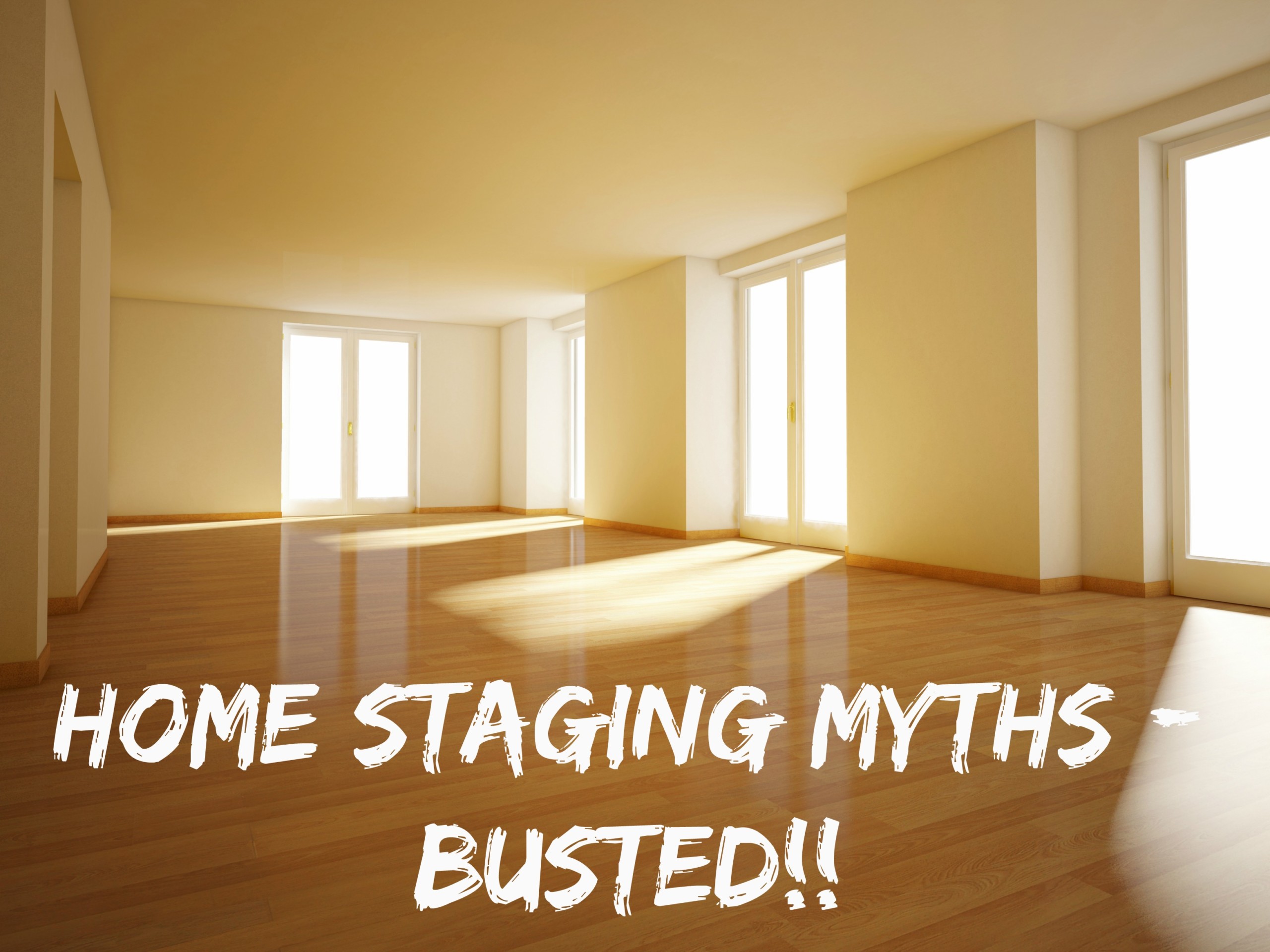

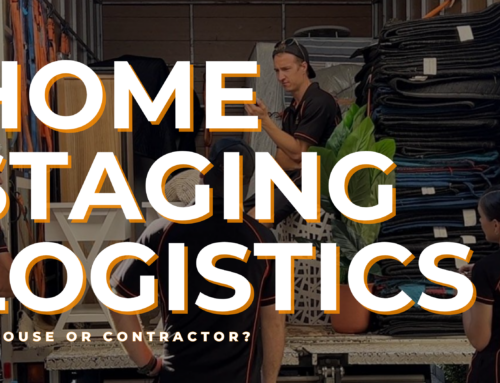
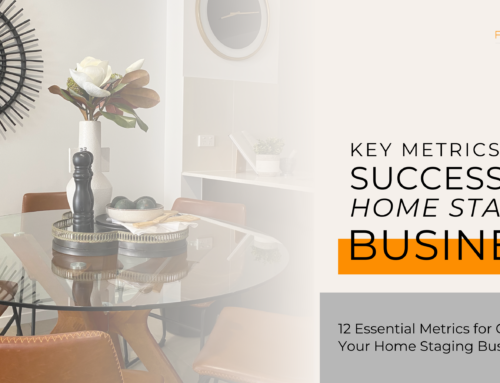
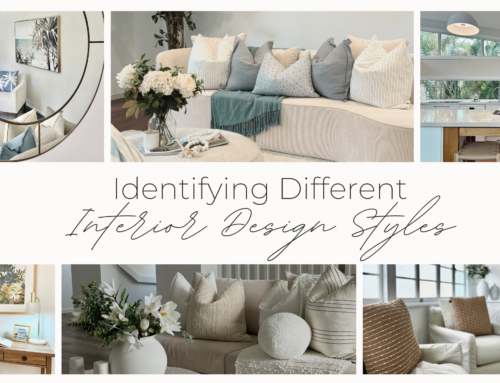
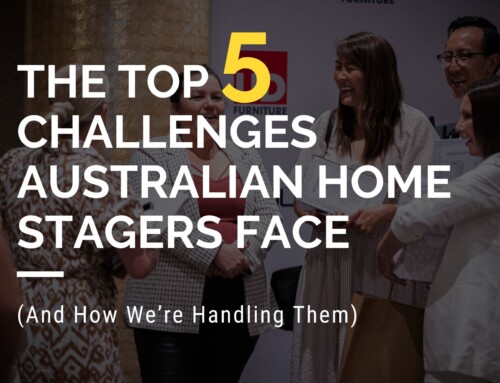

Facebook Comments